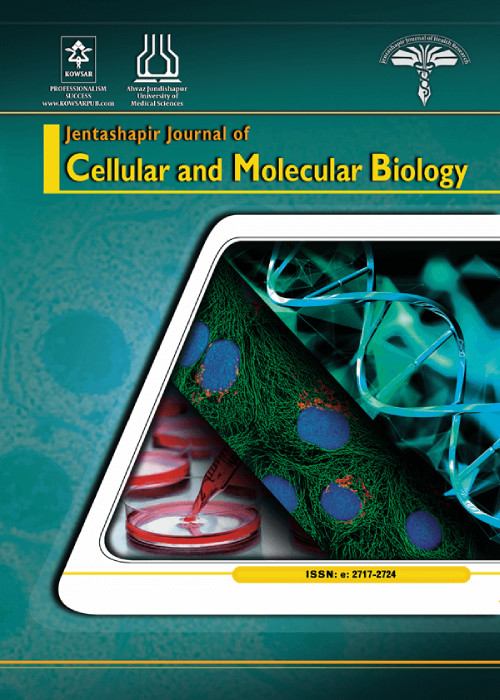Strain Degeneration in White Button Mushroom (Agaricus bisporus) Using Amplified Fragment Length Polymorphism
The growing population and limited agricultural land have pushed the demand for higher food production per land area. Edible mushrooms are a rich source of protein. Agaricus bisporus is the most common edible mushroom with high economic value. One of themost important steps in the production process of white buttonmushroom is the production of spawn. It is highly important to make pure high-quality mycelium during the production of spawn. Studies have shown that at this stage of production, a high level of morphological changes occurs in somemushrooms, which causes the formation of fluffy-shapedmycelium. This phenomenon is a kind of strain degeneration in edible mushrooms and is one of the biggest concerns of the producers of white button mushroom.
The purpose of this study was to investigate the nature of stroma (strain degeneration) in white button mushroom, and to identify the causes of genetic changes.
In this experiment, ten successive subcultures were produced from the mother mycelium on potato dextrose agar medium (pH: 6.2), and the genetic changes of mycelium were examined after ten successive subcultures. DNA extraction was performed after sampling of the mother, normal, and fluffy mycelia. Six pairs of designed primers and propagated parts were loaded into six polyacrylamide gels. DNA fragments were visualized using silver staining. Genetic comparisons were made between the mother, normal, and fluffy mycelia by the amplified fragment length polymorphism (AFLP) method, and the results were evaluated using POPGENE software.
The AFLP marker produced 137 fragments for the H2 strain, of which 57 fragments had polymorphism between the mother, normal, and fluffy mycelia. For the 737 strain, 149 fragments were produced, of which 73 fragments had polymorphism between the mother, normal, and fluffy mycelia. On average, the mother, normal, and fluffy mycelia had about 42 and 49% polymorphism for the H2 and 737 strains, respectively. The degree of polymorphism among the samples confirmed genetic differences between the mother, normal, and fluffy mycelia.
Based on the results of the present study, we concluded that strain degeneration, which manifests as the fluffy mycelium of white button mushroom, has a genetic origin. These genetic differences can be attributed to diverse factors, such as the phenomenon of heterokaryosis, asexual recombination, and the formation of mitosis crossing over. These factors and their effects require further evaluations.
- حق عضویت دریافتی صرف حمایت از نشریات عضو و نگهداری، تکمیل و توسعه مگیران میشود.
- پرداخت حق اشتراک و دانلود مقالات اجازه بازنشر آن در سایر رسانههای چاپی و دیجیتال را به کاربر نمیدهد.


